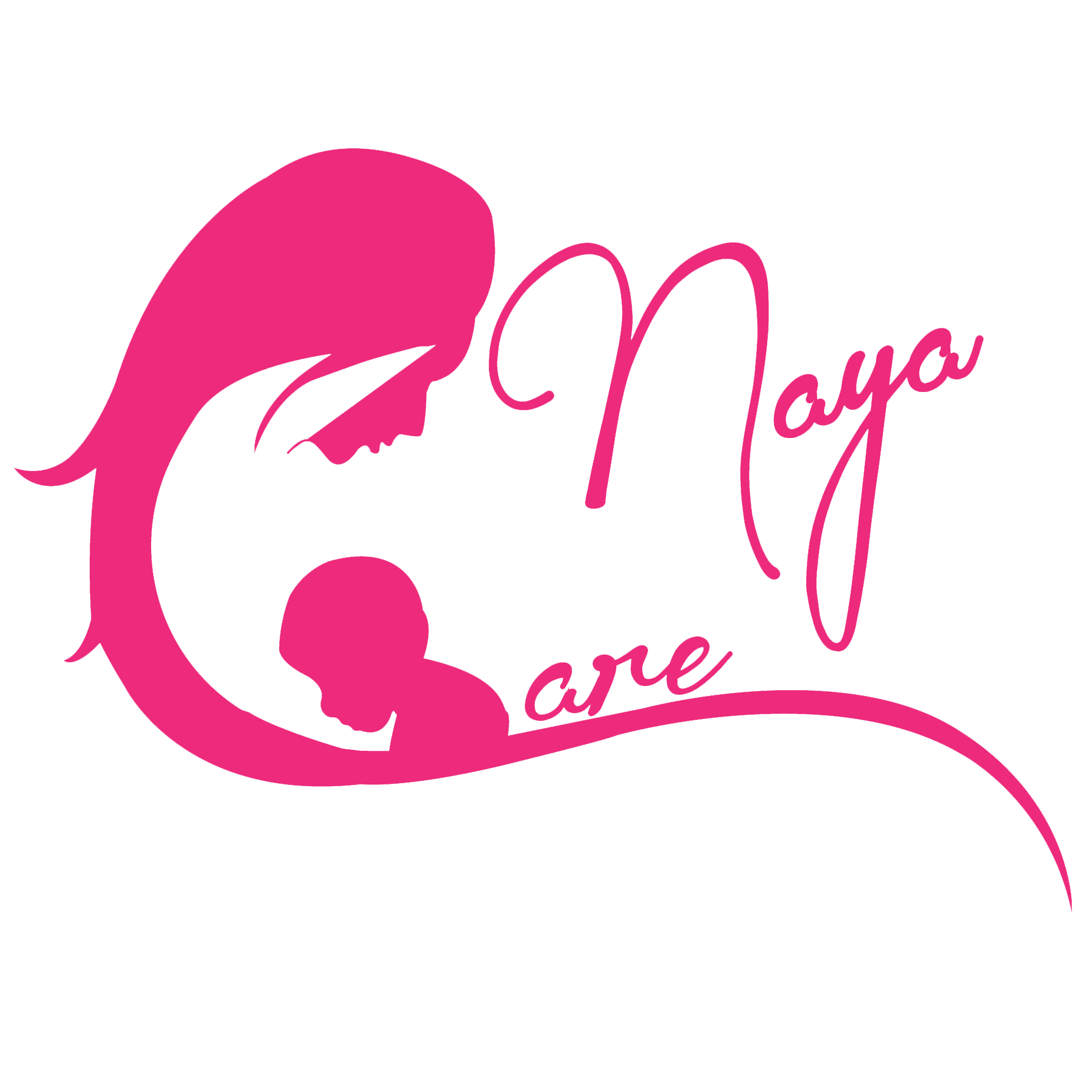
The Health and Economic Benefits of Breastfeeding
In addition to being a natural and healthful way to feed infants, breastfeeding provides considerable financial advantages. According to studies, breastfeeding can lower healthcare costs by reducing risk of diseases in mom and newborns. However, despite the benefits of nursing, many women encounter obstacles that make it challenging to do so. In this blog post, we’ll talk about breastfeeding’s advantages for health and the economy, as well as its drawbacks and the necessity of societal pillars for encouraging women to breastfeed.
The Advantages of Breastfeeding for Health
Various minerals and other bioactive components found in breast milk offer protection from infectious and non-communicable diseases. Breastfeeding has been found to lower the incidence of respiratory infections, gastrointestinal illnesses, and sudden infant death syndrome (SIDS) in infants. Furthermore, breastfeeding has been connected to better cognitive growth and a lower incidence of obesity.
For mothers, breastfeeding has been linked to a decreased risk of breast, ovarian, endometrial, and type 2 diabetes mellitus. Breastfeeding may also hasten postpartum recovery and lower the risk of postpartum depression.
The Advantages of Breastfeeding for Economy
Breastfeeding has a lot of positive economic effects in addition to health benefits. According to a study in the Journal of Pediatrics, if 90% of women nursed their kids for the recommended six months, the United States might save $13 billion annually on healthcare costs. In addition, breastfeeding can lower healthcare costs by reducing illnesses and problems like SIDS, respiratory infections, and gastrointestinal infections that need medical attention. Furthermore, breastfeeding can minimize the time parents must take off of work to care for unwell children.
For families, breastfeeding has positive financial effects as well. Formula might be pricey; however, breast milk is less costly. Costs incurred with breastfeeding include purchasing breast pumps and accessories such as bottles. However, with the passing of the Affordable Care Act, breast pumps were mandated to be covered by insurance.
The Challenges of Breastfeeding
Despite the advantages of nursing, many women encounter obstacles that make it challenging to do so. Lack of support from family and friends, inability to access lactation consultants or other services, and having to go back to work soon after giving birth are frequent obstacles to nursing. In addition, some women struggle with physical issues like painful nipples or trouble latching.
Legislation surrounding breastfeeding also causes hurdles. Until the passage of the Affordable Care Act in 2010, employers did not have to provide adequate space or breaks for pumping. Moreover, employers with under 50 employees still are not required by law to support a breastfeeding mother. Laws also vary by state. Issues associated with public breastfeeding to appropriate places to pump and store breast milk are still contingent on state. For a detailed summary around breastfeeding and laws, check out Breastfeeding State Laws.
Conclusion
Women, newborns, families, communities, and our society can profit from the health and economic benefits of breastfeeding. Although many women desire to breastfeed, they may encounter obstacles that make it challenging to do so. It is crucial to spread awareness of the advantages of breastfeeding among families, healthcare professionals, and employers. Moreover, it is necessary to work to foster an atmosphere that supports and promotes breastfeeding. By eliminating breastfeeding barriers, we all can benefit from its wealth of health and economic advantages.
References
https://www.uptodate.com/contents/maternal-and-economic-benefits-of-breastfeeding#!
https://www.eatsonfeetsresources.org/wp-content/uploads/2022/07/EconomicsofBF.pdf
https://www.healthline.com/health/breastfeeding/11-benefits-of-breastfeeding
Want more? Download a free copy of Dr. Sonal Patel’s bestseller, The Doctor & Her Black Bag: How old fashioned care tackles maternal mortality and benefits America’s economy.

